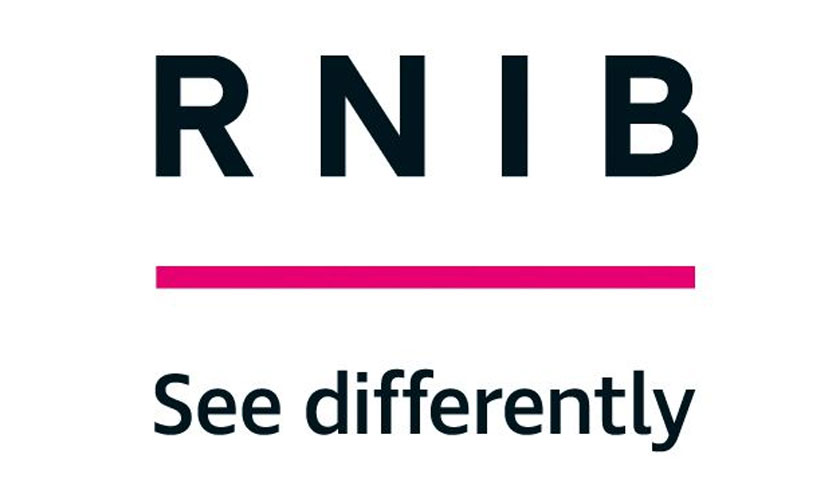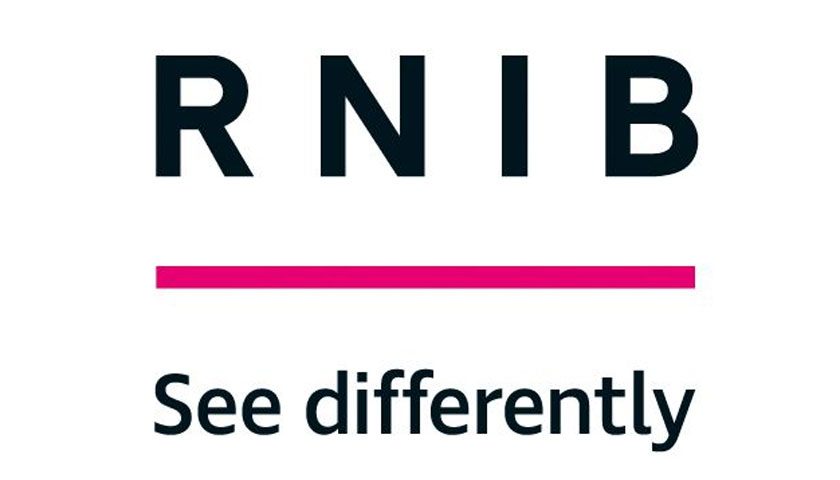A new report from leading sight loss charity Royal National Institute of Blind People (RNIB) highlights the daunting experience that blind and partially sighted face when using public transport due to a wide breadth of accessibility issues which reduce their ability to travel independently.
RNIB is calling for transport providers to use a checklist to make their services more accessible to enable blind and partially sighted people to travel independently and live a fulfilled life. RNIB’s key recommendations detail how public spaces and transport hubs can incorporate best practice in design to improve accessibility.
Availability and consistency of some of the following design features and services varies greatly across transport modes and regions and is especially poor in rural areas.
- Physical features: Tactile paving, detectible curbs, handrails, lifts, clear routes, step-free access
- Visual clarity: Clear signage and markings, colour contrast
- Audio design: Accurate, frequent, and clear audio announcements on buses and trains
New findings from the report show:
- Over half of people with sight loss find it difficult to navigate public transport facilities.
- Over three quarters of blind and partially sighted people feel nervous about travelling to unfamiliar places, and while most feel safe, nearly one in five do not.
- Even when making familiar journeys, over two fifths need support during every trip. For unfamiliar journeys, this proportion doubles. For well over half, support is provided by family or friends.
- Although most public transport staff are friendly and helpful, a small proportion of people with sight loss (around one in ten) report negative experiences.
- Passenger assistance schemes – which sometimes need to be prebooked – enable independent travel, and while few people are using the service (around one in six), it is highly praised by those that do. These schemes run for trains but are not available for buses.
- Nearly a quarter of people with sight loss resort to asking friends and family for travel information. Only one per cent use the electronic kiosks.
- The level of planning and preparation required to travel is significantly greater for a blind or partially sighted person, and over half find it difficult to plan an unfamiliar journey.
- Only a quarter of people with sight loss use technology regularly on public transport.
- Attitudes of fellow passengers appear to be less positive with nearly one in five people with sight loss rating it as poor
People with sight loss rely heavily on personalised ‘workarounds’ to feel a sense of control. They may avoid specific routes, unfamiliar journeys, or specific times of day when trying to get to work, see friends and family or to go shopping.
The research, funded by Motability, the Charity, identifies the unique challenges of journeys made by people with sight loss and how the solutions to these barriers can deliver a greater sense of independence, and an improved public transport service for all.
Vivienne Francis, RNIB Chief Social Change Officer, said:
“We know that not being able to get out and about independently has a huge impact on the lives of blind and partially sighted people, from limiting their employment prospects to isolating them from friends.
“We’ve worked with Motability to dig deeper into the common barriers people with sight loss face when planning and making journeys, which range from inaccessible websites to train and bus stations which are difficult to navigate, and lack of audio announcements to indicate changes or delays.
“We have now used the insights we gained to create a checklist of best practice, and the often simple changes people can make to make journeys more inclusive. We are calling for all transport providers to work with us to create a transport infrastructure that works better for everyone.”
Barry Le Grys, Chief Executive Officer of Motability said:
“This report draws on the experiences of blind and partially sighted people to demonstrate the challenges they face when using public transport. It is vital that the voices of people with sight loss are heard so that the improvements can be made which allow them to travel independently. We are pleased to have worked with RNIB on this important research.”
Gemma Harrison, from Bournemouth, said:
“As someone with sight loss, knowing I’d never be able to drive, I’m reliant on public transport to get me places and allow me to keep some independence. Unfortunately, myself and others, with sight loss, suffer with daily issues that sighted people do not experience on public transport.
“I’m hoping this research is impactful enough for some changes to be made. This will make a massive difference to all our lives, giving us more independence. It will open up new experiences for us, allowing us to travel in confidence. Accessibility is not just the physicality of our surroundings, but allowing those with disabilities the opportunity to experience things that everyone else can.”
The report also highlighted how technology, such as smartphones and travel apps, can be a can be a great enabler to increase independence for blind and partially sighted people when using public transport.
Accessing maps, checking timetables, confirming walking routes at and between stations, and information about accessibility a real help in supporting people with sight loss to travel more confidently.


